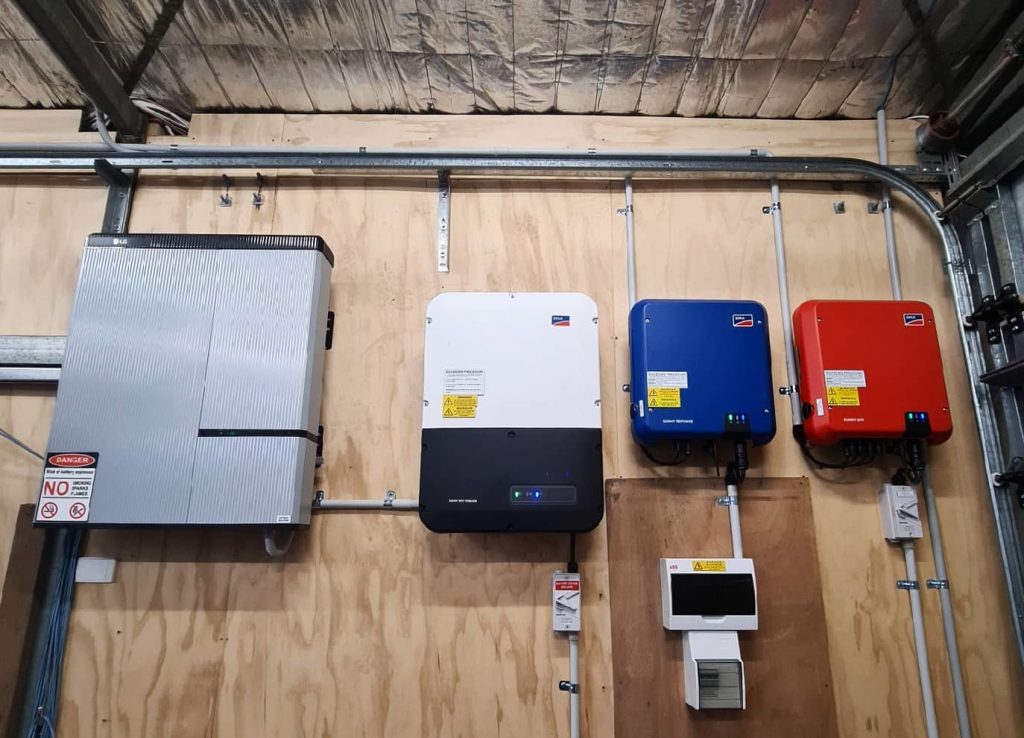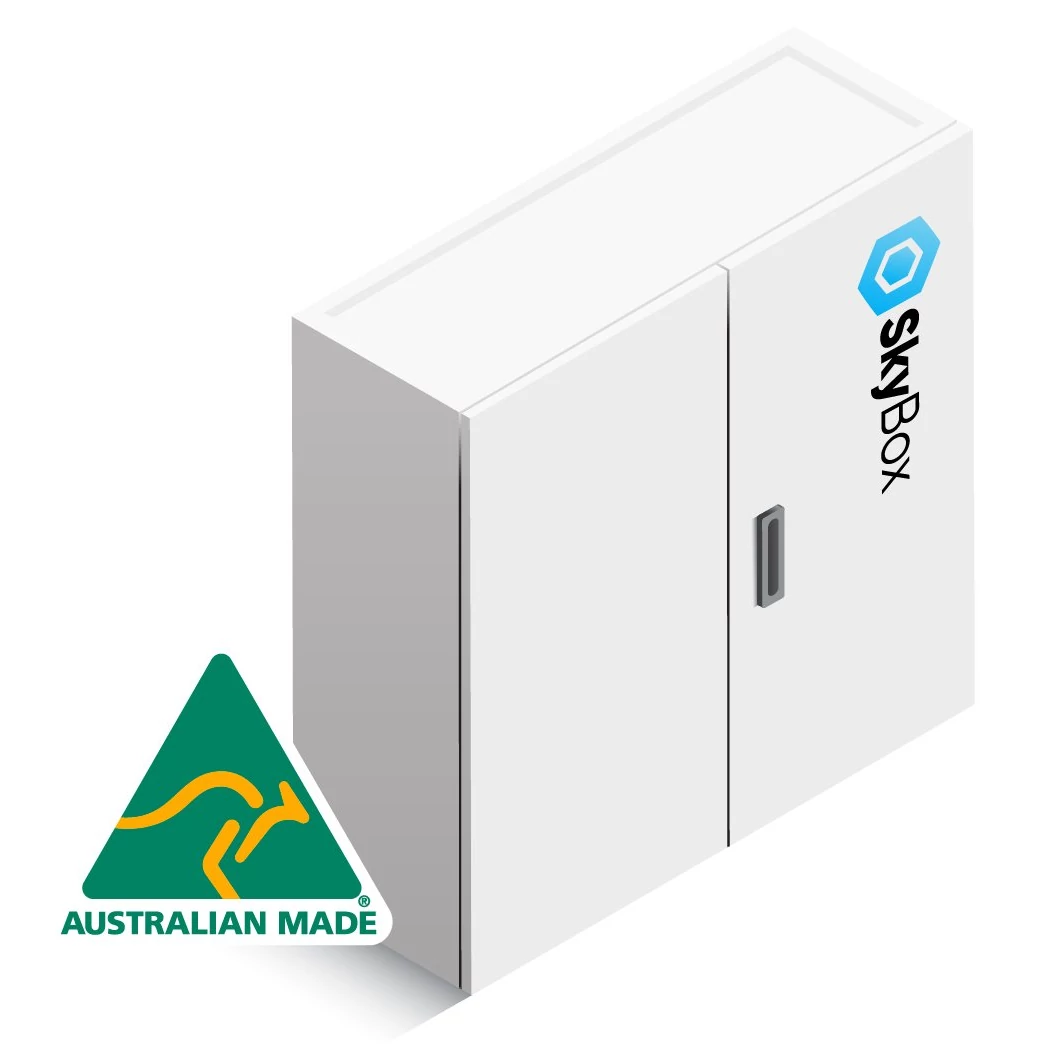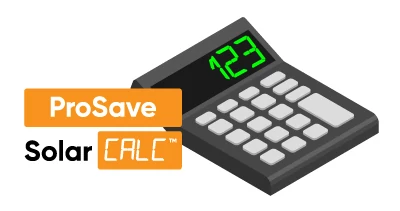Blackout Protection
What is blackout protection?
Blackout protection is defined as the ability for a solar inverter and battery system to supply power if the grid power becomes unavailable such as during a blackout. A house may lose power but can power the home from the solar and battery system keeping lights, power points and appliances running.
What is continuous power?
Continuous power means how much energy a solar and battery inverter can supply for an extended period. In the event of a blackout, when the total power requirement of the home exceeds the output power capability of your solar and battery system, it will actually ‘trip’ the system, and it will turn off your power even if you have blackout protection.
Understanding continuous power requirements for a blackout or off-grid system can help when choosing an inverter that can supply a steady supply of power without overloading or tripping the solar and battery system.
What is peak power?
A second consideration is peak power. This refers to how much energy a solar or battery inverter can supply in higher bursts for a short amount of time. For example, when equipment like water pumps and motors startup, they draw a large amount of energy for a few seconds.
This surge is known as the peak draw or peak supply. If this surge exceeds the inverter’s continuous power rating and the inverter does not have a peak output, this surge in power will also trip the inverter and turn the system off. To counter-power surges, some inverters will provide a burst of power to allow you to get things running again until they pass the peak power requirement and return to lower, continuous power usage.
Being aware of these peak capabilities is essential because even with a blackout solution, without peak power capabilities, you may find yourself without power as the ‘peak’ equipment attempts to startup and continually trips out your battery system.
It’s essential to know what’ peak’ and continuous power output you will require during a blackout. Even a tiny 500-watt water pump may have a spike current six times the running current, up to 3,000 watts or more, which is enough to trip an inverter if it doesn’t have a peak output capability.
Making sure the solar and battery inverter can handle your home’s peak, and continuous power output demands is essential before investing in an off-grid solar or blackout protection system.

Switchover Time
The third specification to consider is ‘switchover time’. Switchover or change over time is the length of time it takes an inverter to register that the grid’s energy has been interrupted or that a blackout has occurred, and it needs to activate your blackout protection.
The switchover time is a measure of how long the system will be without power before it switches to ‘off-grid mode. This period usually ranges anywhere from instant changeover to a minute or two. When a blackout occurs, the battery kicks in, with a UPS (uninterruptible power supply) means the changeover will be instant with no lag time.
Uninterruptible power supply
UPS is a feature that some battery inverters have, and it’s crucial in scenarios where the changeover needs to be instant, such as homes with critical medical equipment, fire protection or security equipment that must remain powered at all times.
It is important to note that some inverters only offer ‘blackout’ protection as an additional add-on and may not come as a standard feature. If it is a feature you require, be sure it is included in the initial quote.
Off-Grid Applications
Proper off-grid inverters always have an input specially designed for a generator. Since a generator’s frequency can be unstable or ‘dirty’, the voltage may fluctuate between 200 volts and 250 volts; therefore, the off-grid solar inverter needs to handle that variation of input and then be able to convert that into a usable and clean supply to charge the solar batteries and supply the home.
One of the main differences between an off-grid inverter and an inverter with blackout protection is that not all inverters with ‘blackout’ protection will have a generator input. Unless stated, inverters with ‘blackout’ functions are usually designed to be used primarily on the grid and provide a few hours of blackout protection power now and then. A blackout inverter may become unstable during an extended blackout and turn off.
Some of these blackout inverters may fail to come back online until the grid returns. It’s important to consider when you want to cut off the grid entirely or endure a blackout for more than a day or two; it’s worth investing a little more money in a battery system that is ‘off-grid certified’.


